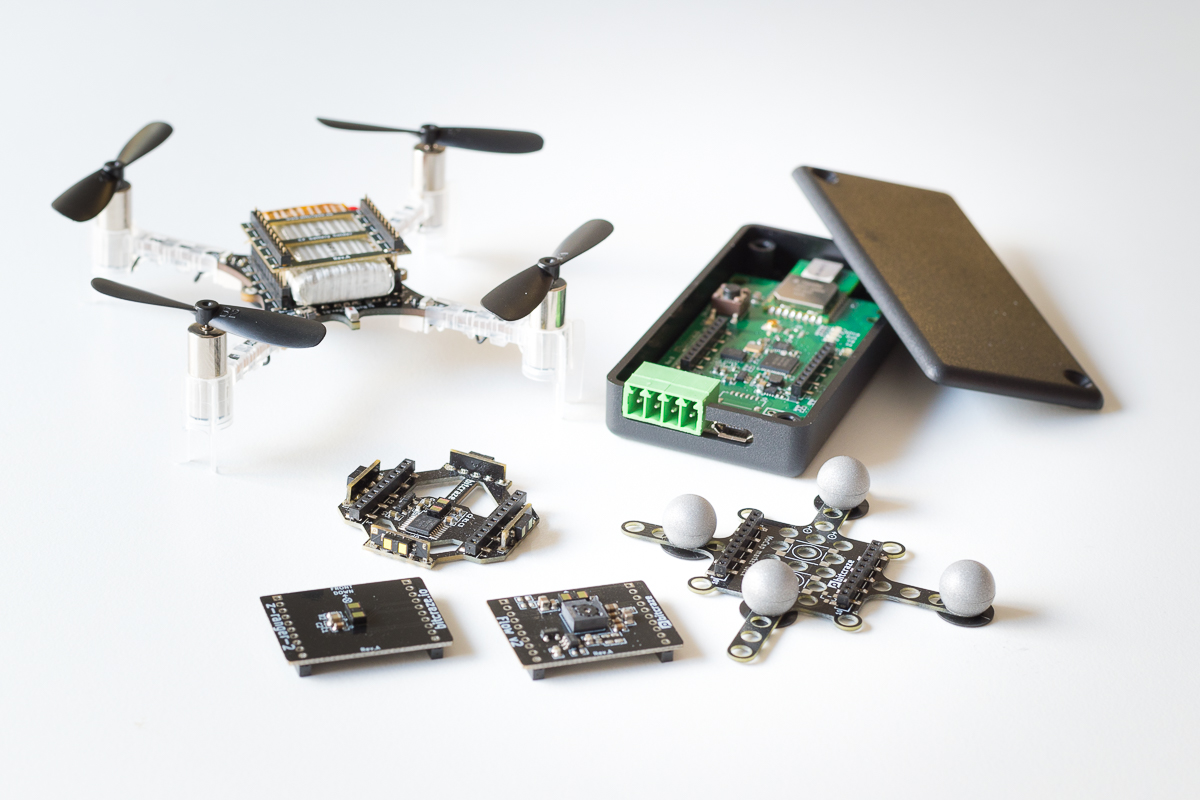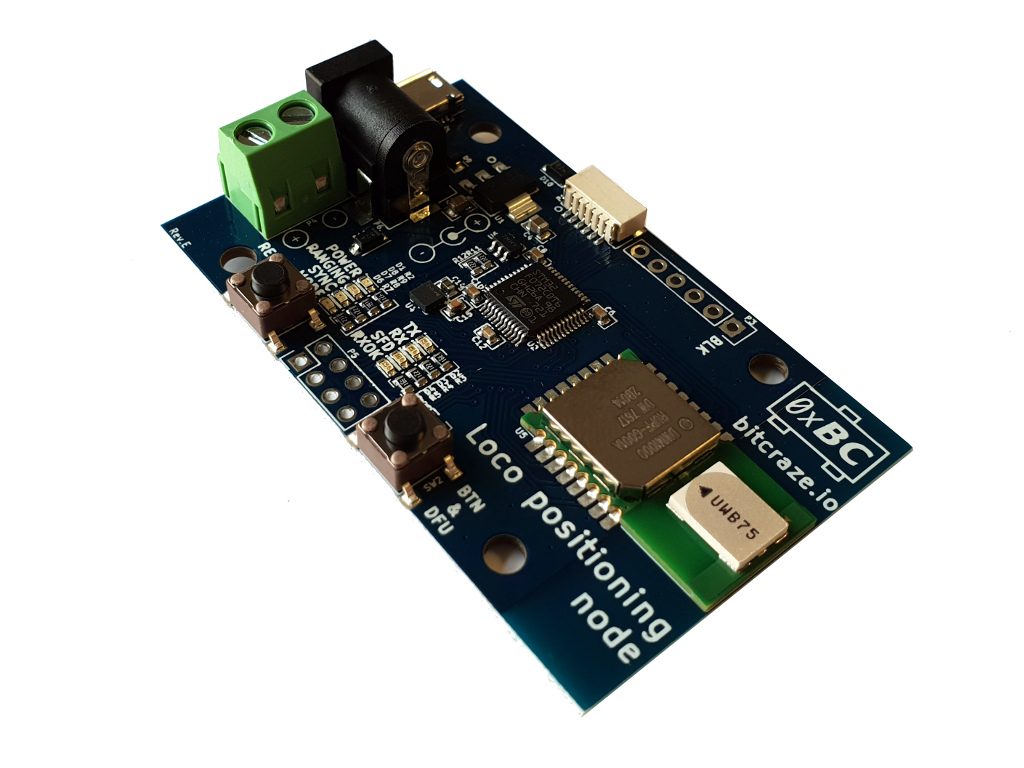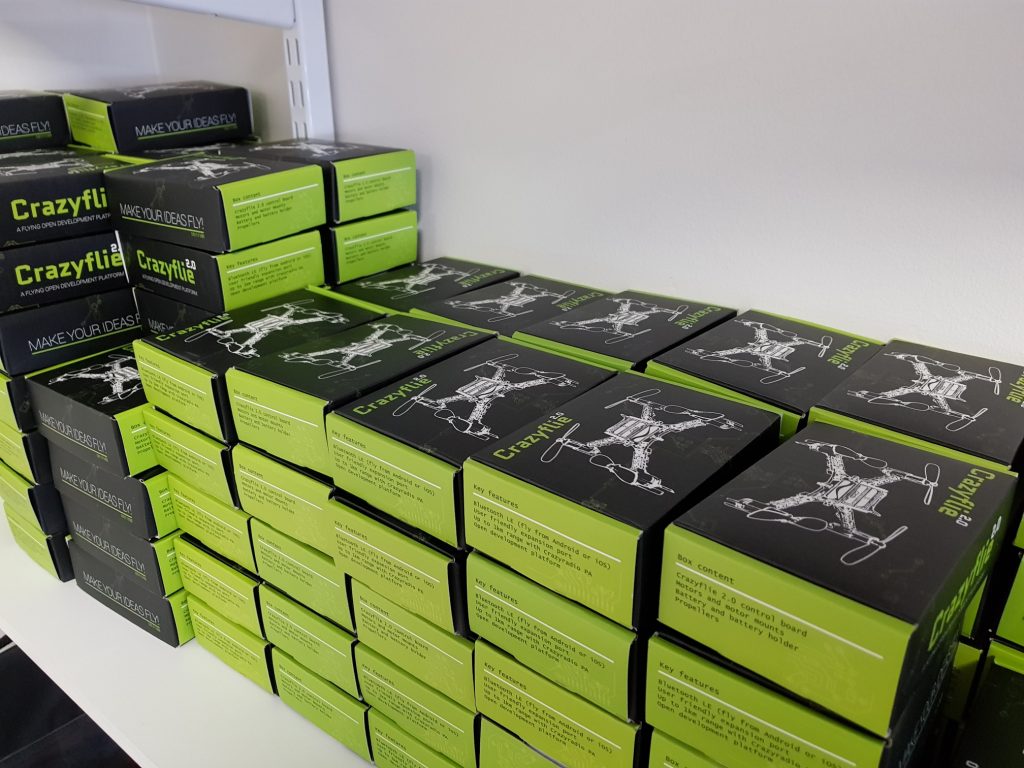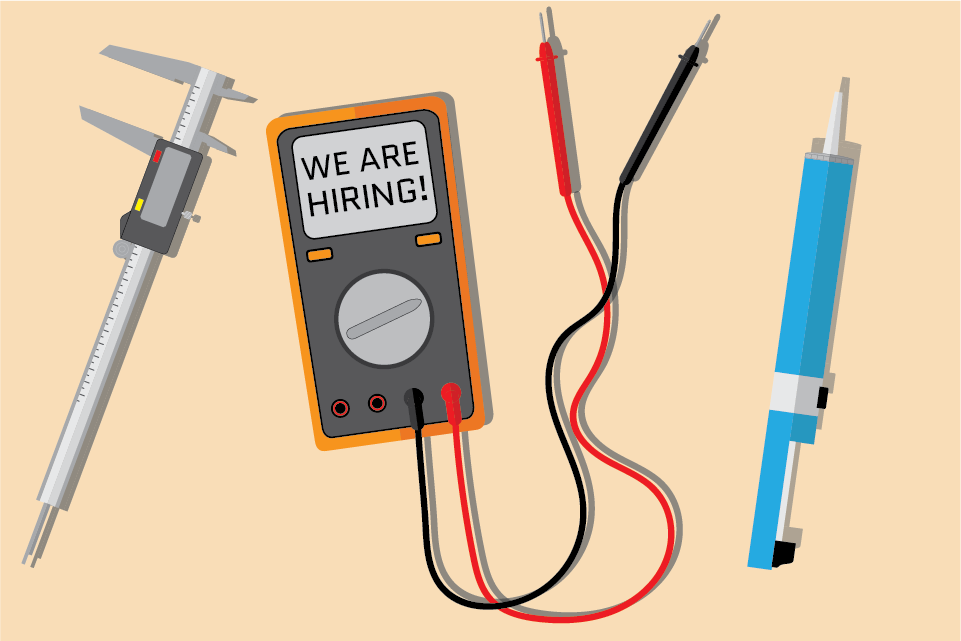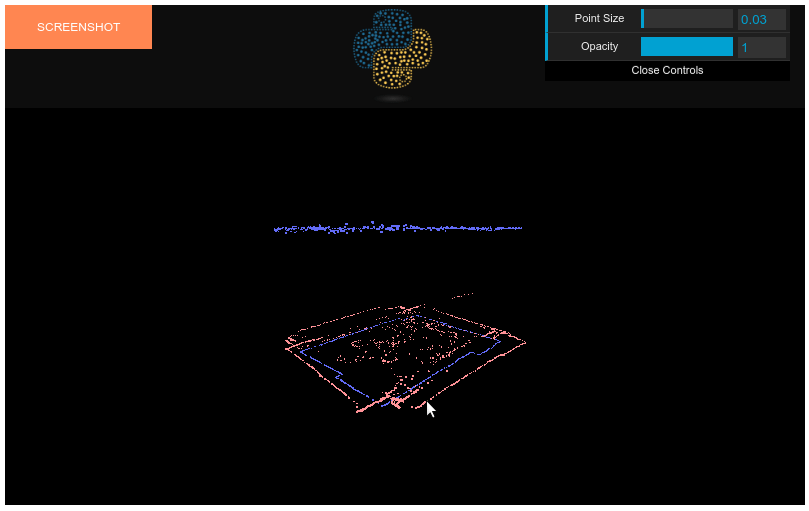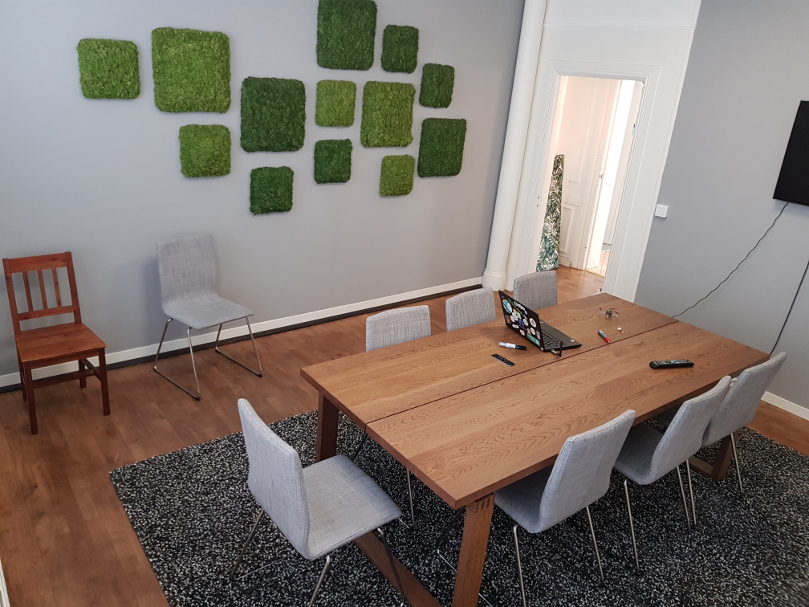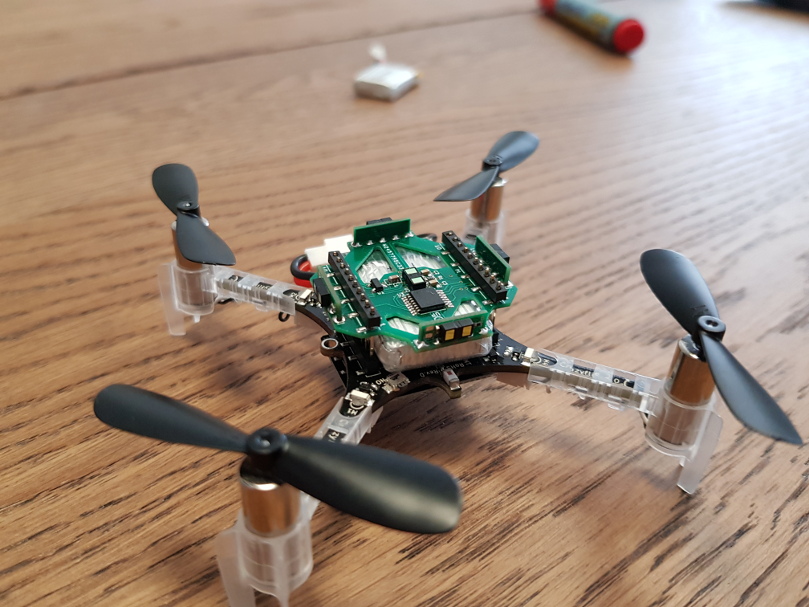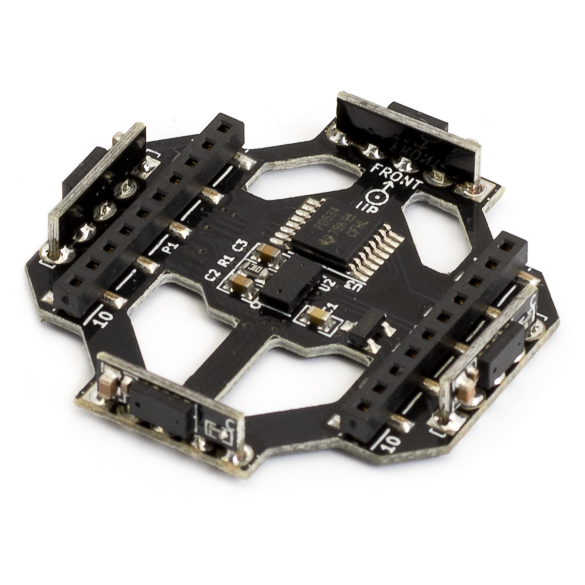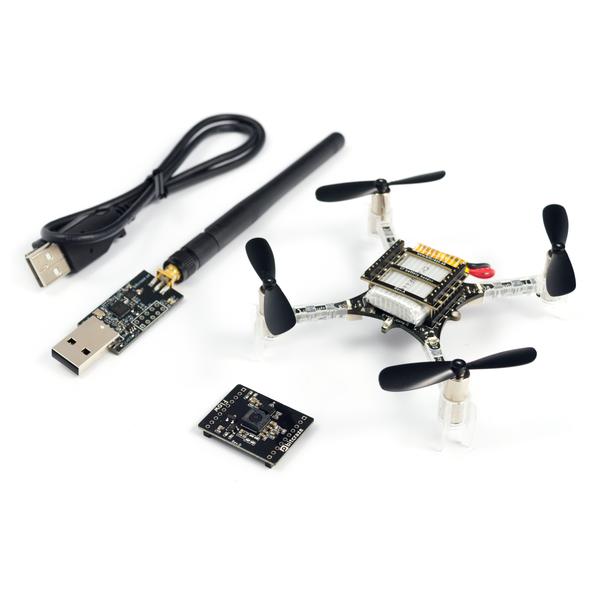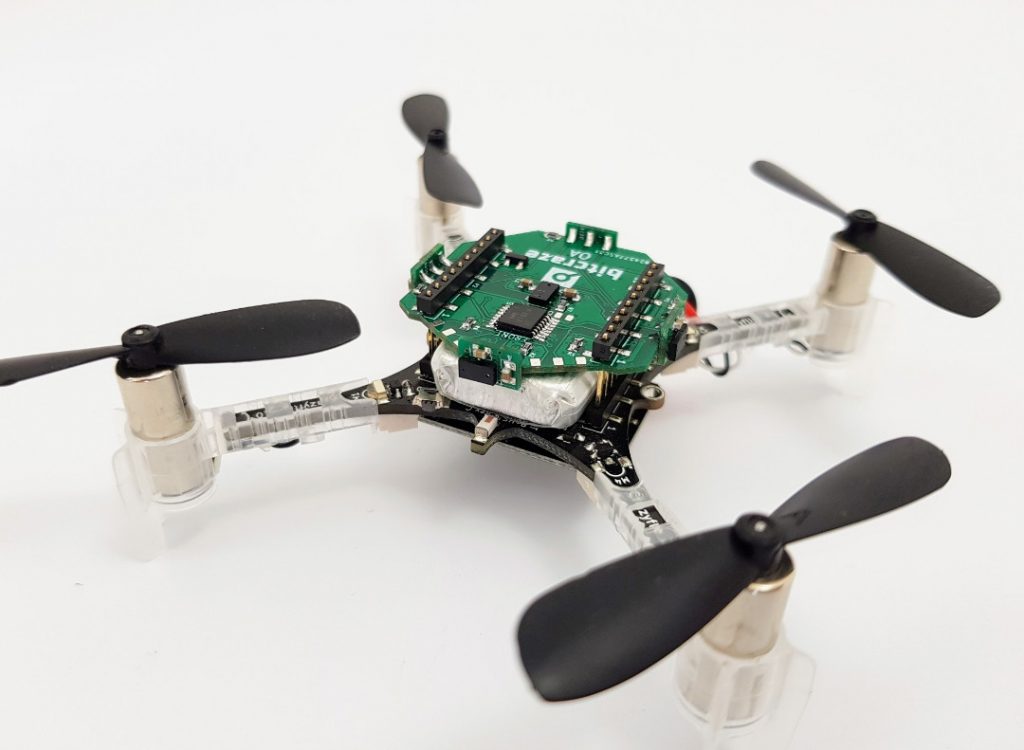The last couple of weeks has been really intense since we’ve been busy preparing for IROS. Finally it’s here, and with it we’re releasing a few new products!
We’re excited to announce that during the fall we will be releasing the following new products:
- Crazyflie 2.1: The Crazyflie 2.0 was released almost 4 years ago now. Over the years there’s been thousands of users and lots of feedback on the product. Most of it great, but there’s been a few things we’ve wanted to fix. Now with the updated 2.1 version we finally have the chance to do it. Here’s a quick list of the updates:
- Better radio performance and external antenna support: With a new radio power amplifier we’ve improved the link quality and added support for dual antennas (on-board chip antenna and external antenna via u.FL connector)
- Better power button: We’ve gotten feedback that the power button breaks too easily, so now we’ve replaced with a more solid alternative.
- Improved battery cable fastening: To avoid weakening of the cables over time they are now run through a cable relief.
- Improved sensors: To make the flight performance better we’ve switched out the IMU and pressure sensor. The new Crazyflie uses the drone specialized sensor combo BMI088 and BMP388 by Bosch Sensortech.
- Flow deck v2: The Flow deck has been upgraded with the new ST VL53L1x which increases the range up to 4 meters
- Z-ranger deck v2: The Z-ranger deck has been upgraded with the new ST VL53L1x which increases the range up to 4 meters
- Multi-ranger deck: Finally the Multi-ranger deck is currently in production and will be available during the fall!
- Mocap deck: The motion capture deck with support for easily attaching markers
- “Roadrunner” (alpha): With TDoA3 to be included in the next firmware release we’re happy to release one of our LPS tags code named “Roadrunner”. The hardware is basically a Crazyflie 2.1 without motors and up to 12V input power.
In the upcoming weeks we’ll post more details about the products and when they will be available, so stay tuned!
We should also mention that we will showing off some awesome prototypes of products that are planned to be released next year, among them:
- “RZR”: The long awaited Crazyflie + BigQuad stand-alone combo code-named “RZR” is making it’s way into production and we are aiming to release it during the beginning of 2019. Basically it’s a Crazyflie 2.1 where instead of motors you can directly connect ESCs to build bigger quads up to around 0.5kg.
- Lighthouse deck: Our current prototype is now flying with both Lighthouse 1.0 and 2.0 and the performance is awesome! This is definitely the next product out the door after the list above and we’re aiming at having it available during the spring.
- Raspberry Pi Zero power deck: This deck allows you to add a Raspberry Pi Zero to the Crazyflie 2.x and the “RZR”.
- LPS tag: We’ve shown this tag before but now we’ve updated it to use the Crazyflie 2.1 IMU and to have proper mounting holes. We’re getting closer to release and this will hopefully be available during the spring.
During IROS this week we will be showing off all the products above (including the prototypes). So if you want to be one of the first to check them out drop by our booth nr 91.
